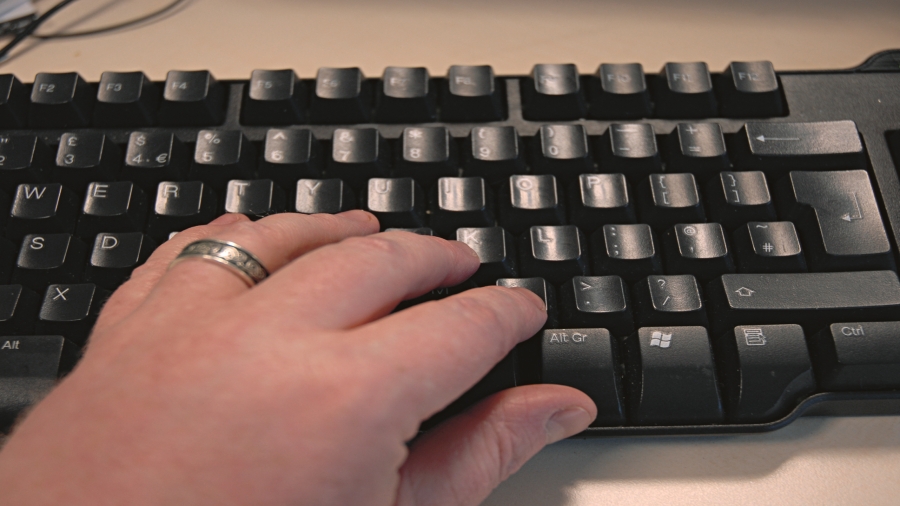The future of the desktop - rendering the operating system irrelevant?
Bringing on the OS blues

The desktop is perhaps the single most important development in productivity in the history of computing.
We simply can't imagine using a computer without the Graphical User Interface; the intuitive ability to click icons as opposed to memorising complex command lines revolutionised computers and made them accessible to the masses.
Whether you're a Windows, OSX, or perhaps Linux user, the same basic principles apply. Point and click; a simple command that anyone can master. But dig a little deeper than the visual similarity and each of these operating systems are markedly different.
Knowledge barrier
Very rarely will applications run across all platforms and, beyond the basic, it becomes increasingly difficult to get the most out of all the features available across these operating systems without in-depth knowledge of each. The biggest impediment to desktop productivity is the lack of consistency.
As a result, personal computing is now in an incredibly fragmented state. As PC sales decline it's clear that mobile computing has irreversibly redefined the way we interact with technology. Users now expect the same powerful tools and applications on the go as they do at home or in the office.
Ultimately, the device shouldn't dictate functionality since portability is no longer seen as a barrier to how work is done. Function is instead firmly in the hands of the user, a trend which will only grow stronger if you look at the recent focus on wearable technology.
The one consistency that binds all modern devices and operating systems is the internet browser. Web applications are something that most of us are familiar with, and their key asset is their ability to offer a consistent user experience regardless of what device or operating system you are using.
Are you a pro? Subscribe to our newsletter
Sign up to the TechRadar Pro newsletter to get all the top news, opinion, features and guidance your business needs to succeed!
HTML5 is quickly becoming the industry standard as it provides endless app development possibilities. HTML5 is set to further establish itself as the lingua franca for developers, who, whilst following the money trail, are always looking for the option that is most future-proof and provides the greatest flexibility.
And with new mobile operating systems such as Sailfish and Tizen set to anchor their app ecosystem around HTML5 it is easy to understand why.
Increasingly more and more of our applications, files and data are moving to the cloud. It stands to reason that a web-based desktop is the next logical progression in maintaining consistency.
Consistency
This consistency can be maintained by a SaaS delivered GUI with quick access to HTML5 applications and data. Since the desktop could be accessed from any browser it removes the desktop from the OS for the average user. The web desktop will be instantly familiar, with the same functions and features available to the user, irrespective of what kind of device they log in from.
Microsoft tried to unify its native desktops by dropping the 'start' button to give it synergy with the Windows Phone operating system.
Although the intention was to provide a consistent experience across both mobile and desktop, it resulted in adopters becoming confused. As a result Microsoft quickly U-turned and reinstated the button on Windows 8.1.
A possible reason for Microsoft's failure to unify native desktops is that, below the exterior, they are very different beasts with non-compatible applications. An HTML5 browser-based desktop could succeed where Windows didn't because, by the very nature of a web app, it will run anywhere, on any device with the same functionality.
As more and more applications become delivered via the web, or are web born, it stands to reason that users will want a single online desktop that offers a consistent experience which can be accessed from anywhere in the globe.
Ultimately consistency promotes productivity; a web desktop offers the opportunity to log in instantly from any device, bringing the user to an environment that they are familiar with and is set up to suit their needs.
Web desktops also mean users can dynamically add new applications, seamlessly pull in news and sync social feeds. The user is in full control of their entire experience. It is also much cheaper to deploy and manage, so IT managers and CFO's will like it too.
The desktop no longer belongs to the OS – the desktop now belongs to the user. We must set the desktop free of the OS, enabling us to get the most out of our experience, be it at our desks or on the move.
- Rafael Laguna is CEO and co-founder of Open-Xchange. Under Rafael's guidance, OX developed its product offerings to include SaaS cloud architecture in collaboration with key partners